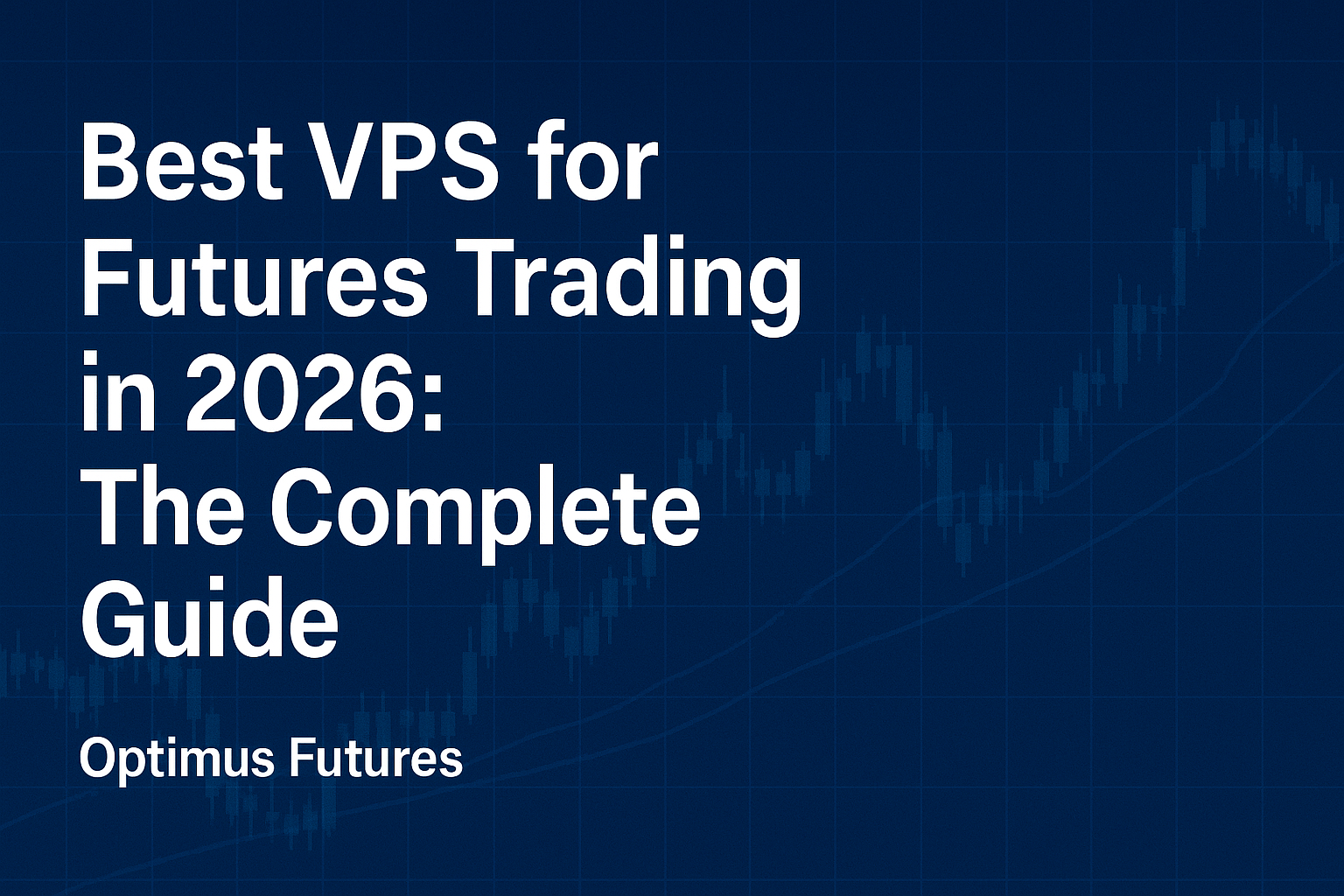Automating trading systems is a very popular approach because people generally believe that it can help them make decisions free of emotions and be more consistent in their trading. Although the intention behind automating trading systems are usually good, the execution is often not. In this article, we will show you why you should consider optimizing certain aspects of your trading and which parts should stay manual.
The idea behind automating a trading system
FOMO (the fear of missing out) is a very strong driver of emotionally driven trading decisions. Just think about how often you have seen a potential setup but it wasn’t giving you all the confirmation, but you still jumped. Such scenarios can be very tempting and FOMO makes you enter such trades too early and then often lose – you have your trading rules for a reason.
Inconsistent trading leads to inconsistent results and a trading strategy that is too discretionary will often lead to a lot of impulsive trading decisions. Just look at screenshots of your last 10 or 20 trades; if they look very differently from each other, you are probably not being disciplined enough. Automated trading can potentially help you make more consistent decisions and maybe get rid of some of the account volatility.
Challenges of automating trading
Unfortunately, automating a trading system won’t suddenly turn a losing into a profitable trader overnight and there are a few things a trader needs to be aware of when automating his system. Financial markets are very dynamic and momentum, volatility, risk environment and correlations constantly change. We have probably all seen those automated systems that perform very well some of the time and then lose all profits in just a few trades. Automated strategies don’t adapt to changing market environments, hence the name automated, and some discretionary is required to manage the downside.
We will now show you which parts of a trading method can be automated, which can’t and what to be aware of when doing it.
Elements that can be automated
- Entries
Entries are ideal for automation, and they are often the primary source of errors for many traders. We highly encourage traders to write out a checklist with all entry criteria of their trading strategy. A checklist is an efficient tool to help you stay disciplined and to eliminate many trading mistakes.
Ideally, you’d write down all your criteria, place the checklist next to you during your trading and then go through the checklist every time you want to enter a trade. It will immediately tell you if you should take a trade or not.
Automating entries can often make a huge difference already.
- Position size
An inconsistent position sizing approach can lead to increased account volatility and additional risk. You should create rules for how much of your account balance you are willing to risk on your trades. To take this a step further, you can create a dynamic position sizing approach where you grade your trades by quality and then come up with a tiered risk approach where you risk more on the best trades and reduce your risk on other trades.
Aspects that should be semi-automatic
- Stop loss setting
A stop loss should always be set at reasonable price levels that make sense in the market context. A common problem when automating a system is that traders don’t adjust their stop for volatility or market context and always use the same stop size.
You can automate your stop based on general rules, but then add a flexible component such as the ATR or other volatility based factors.
Disclaimer: The placement of contingent orders by you or broker, or trading advisor, such as a “stop-loss” or “stop-limit” order, will not necessarily limit your losses to the intended amounts, since market conditions may make it impossible to execute such orders.
- Take profit placement
The same holds true for take profit placement. Targets can be automated as well, but need to be adjusted based on market context. When volatility is low, you should not aim for an overly optimistic target because price won’t probably reach it as easy. Also, be aware of natural support and resistance levels when setting targets.
Full discretionary is advised
The following three points describe the greatest problems of fully-automated trading strategies.
1.Market selection and building a watchlist
So even though you can automate entries, you should pre-select the markets and instruments you trade first. If you are a trend following trader, eliminate ranging and low momentum markets from your watchlist. If you trade reversals, you don’t need to keep high momentum markets on your watchlist as well.
- Trade management
Trade management mainly refers to stop trailing. Often, automated trading strategies come with an automated approach to trailing stops as well. However, trailing stops automatically has to be avoided because it can’t factor in some of the most important trading principles. Price moves in waves and volatility and momentum constantly change. Whereas a tight stop trailing approach can be right some of the time, when price tends to swing more, you need to give your trade more room to breathe.
- Exit taking
Price won’t always go straight to your take profit order, and you’ll often be able to spot early warning signals that could indicate that price is about the change direction. Discretionary profit taking and exiting your trades manually can often help you secure gains in a more efficient way.
However, if you notice that you tend to make impulsive and emotionally driven exit taking decisions, you should think about adding some rules to your profit taking approach and move this point to the semi-automatic components of your trading system.

There is a substantial risk of loss in futures trading. Past performance is not indicative of future results.



